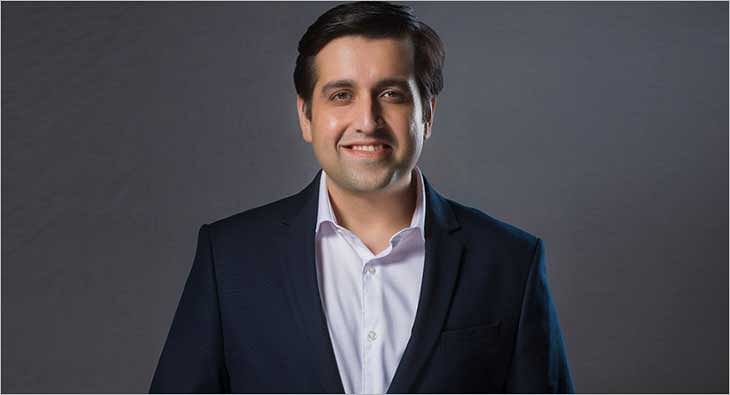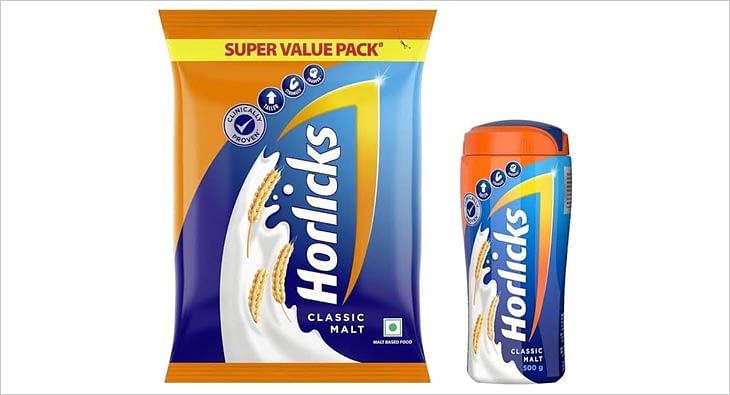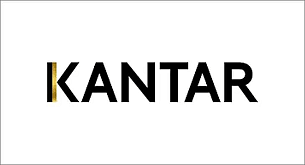Bringing good via business: Realme takes the sustainability approach with new launch
Realme India CEO Madhav Sheth says their marketing communication is not only based on sustainability but design and technology as well, and depends on the consumer they are talking to

Sustainability is at the core of modern businesses as more and more consumers become aware of their impact on the environment and are willing to change their consumption habits to manage the environment in a sustainable way. Chinese smartphone manufacturer, Realme is also aspiring to take a ‘Leap To Greener’ and aiming to go net-zero carbon emission and zero waste by 2025. At the recent Mobile World Congress, the brand also announced its GT2 series of phones, which boast of high-end technology packed in a sustainable build. Ahead of the phone’s launch in India, expected to happen next month, the smartphone manufacturer collaborated with ace designer duo Shantanu Nikhil at the ongoing Lakme Fashion Week and presented the paper finish designs, created by Naoto Fukasawa, during the power-packed show.
In a conversation with exchange4media.com at the Lakme Fashion Week, Realme India CEO Madhav Sheth, while mentioning this new range of smartphones, said, “If you think about Realme, our core identity has always been about design and performance. Designing comes fundamentally to us and this time we wanted to really explore how we can up the ante by creating something that matches the ESG standards too. We, as a brand, have always been very serious about sustainable goals and it is another step in that direction.”
Realme had also launched an e-waste management programme last year wherein people can connect with the brand to know the process of recycling and also drop their e-waste at certain collection points. The brand also suitably incentivises the people who choose to recycle their e-waste.
But for a brand selling mid-range smartphones with key user groups living in small cities and urban India, would sustainability really be on the minds of smartphone buyers?
To this Sheth honestly replied, “Frankly, yes sustainability might not be the criterion to buy a smartphone for our TG but there are many people who want to contribute to sustainability goals and don’t know how to. We are presenting them with an option. Also, people who are buying it without thinking about sustainability are inevitably contributing to a good and important cause.”
On being quizzed if the brand will focus more on the sustainability angle to market the new range of phones, Sheth shared, “The series is not only sustainable but has great technology features too. Just to share an example, the phones come with an automatic screen refresh rate, ranging from zero to one hertz to 120 hertz, depending on the apps you are using. This leads to better battery life and a great experience for the user. So, we are technically strong as well.
“Therefore, our marketing communication will really depend on the consumer that we are talking to. If we are talking to the environmentally-conscious consumer, it will be sustainability, for the fashionistas, it will be the design, and for the tech freaks, it will be technology.”
While Sheth remained tight-lipped about the media budgets and pies, he indicated that the brand will be utilising both traditional and new-age media to promote the phone. “The launch strategy is all about partnering with the right people like we have done with Shantanu Nikhil here. There is going to be a lot of media interactions, digital presence and maybe traditional too,” he concluded.
Read more news about Marketing News, Advertising News, PR and Corporate Communication News, Digital News, People Movement News
For more updates, be socially connected with us onInstagram, LinkedIn, Twitter, Facebook Youtube, Whatsapp & Google News
About 60% Instagram influencers in India have fake followers: Report
As per a media report, influencer marketing platform KlugKlug has found that only 2.48 million profiles out of the 8 million have ‘high-quality’ followers
Two of three Instagram influencers in India have more than 60 per cent fake followers, a report by influencer marketing platform KlugKlug shows.
This is particularly true for the beauty and fashion sector, the report noted.
Other countries that have influencers with fake followers are Brazil, the UAE and Indonesia.
As per media reports, such Instagram fake followers can be roped in for as little as Rs 10 to a high of Rs 1,000.
According to Klug Klug India, only 2.48 million profiles out of the 8 million have high-quality followers.
A number of other categories have also been buying fake followers, media reports have noted.
As per a media expert, quoted in the reports, brands are finding it difficult to identify and curb the menace of fake followers and bots.
In a recent setback for influencers the Central Consumer Protection Authority (CCPA) has said those promoting activities like gambling and betting are equally liable as the companies promoting the same.
15% consumers enhance their user experience through virtual assistants: Kantar report
According to Soumya Mohanty, Managing Director & Chief Client Officer- South Asia, Insights Division, Kantar, less than 1% of ads get tested due to lack of time
Marketing data and analytics firm Kantar has unveiled a report that studies the burgeoning AI market to dish out actionable insights for marketers. Within AI, virtual assistants are the fastest growing segment. The report noted that 15% consumers enhanced their ‘user experience through virtual assistants’. This segment is the fastest growing at 27% YoY.
According to the study, while ‘fitness’ and ‘social media’ apps are amongst the leading categories, driving AI adoption (with an average of 2.3 AI led features embedded in these applications), segments like ‘BFSI’, ‘job search’ and ‘short video’ apps are relatively slow in AI adoption, with an average of 1.2 features each. Entertainment apps, digital commerce and pharmacy apps stand somewhere in the middle with 2.0 & 1.8 AI features being adopted, respectively.
Additionally, the report said that while 90% of marketing and sales leaders think their organisations should be using AI “often”, 60% said their organisations “rarely or never” do. Speaking to exchange4media, Soumya Mohanty, Managing Director & Chief Client Officer- South Asia, Insights Division, Kantar highlighted that currently there are a lot of organisations who know that there is something called AI, but haven’t yet figured out how it could help them holistically.
“A lot of the AI just gets used for efficiency purposes, so repetitive tasks get automated,” Mohanty pointed out. Data also plays a big role in why certain organisations are struggling with how to use AI.
For instance, Mohanty explained that in segments like D2C, telecom etc. there is a lot of primary or first-party data. So being able to leverage AI also gets easier. “It's the traditional large sort of FMCG type companies where data sits in silos. You don't really have one single source of data where it's a little difficult to use the full power of AI, because the full power of AI also needs a lot of data sitting in a structure that you can use,” she added.
So, can AI help marketers have a unified view of data? No, says Mohanty. “AI does not help marketers get a unified view of data. Once you have data in a unified way, AI can help you do a lot more with that data.”
According to her, organisations today need to have good, strong data warehousing. “It needs to make sense because a lot of the silos are also because everybody owns one part of it. A lot of people have their own analytics teams internally, so there are a lot of agendas and stakeholders. And then we say data is in silos because fundamentally, when you're doing something internally, different people have different stakes in it,” Mohanty added.
Puneet Avasthi, Senior Executive Director, South Asia, Insights Division, Kantar shared that most organisations are now heavily investing in creating first-party data sets. “Companies that have first party data about their consumers and transactions or interactions that they have with the brand are going to be able to leverage that more effectively to create sharper profiles for the brand as such for the consumer and build relevant recommendations at the right moments.
Panning out she also highlighted how AI can be leveraged to enhance market research and make it more accessible, a part of which Kantar is itself involved in. “A lot of times people say that we can't test an ad because we don't have time. So less than 1% of advertising gets tested and just gets put out. Does it work when it gets put out? It is the question the audience should answer, because so many times, it backfires,” Mohanty shared. Apparently, digital particularly doesn't get tested because organisations just do a/b testing and leave it at that.
Speaking of preferred use cases of AI, Avasthi added that various businesses and brands are looking at creating an experience for the brand that is in line with the brand's architecture and progress across all touch points. “That is something that the AI engines that are working behind can ensure, that all such interactions are consistently delivered across different virtual assistants or chatbots that are available to the consumer,” he said.
The other use case, according to Avasthi, is ensuring that there is greater visibility for the brand in the digital sphere as such, through various recommendation engines, when a certain need is being looked for and to throw up the right kind of information about the brand so that the brand message is amplified in the mind of the consumers.
Among other insights from the Kantar AI report is that 88% consumers used AI based algorithms which analysed their preferences, behaviours, and interests to create personalised recommendations for tailored experiences. This segment grew at 6 % YoY. At 21%, ‘smart home automation’ is a smaller segment but growing at 25% YoY.











 Share
Share
